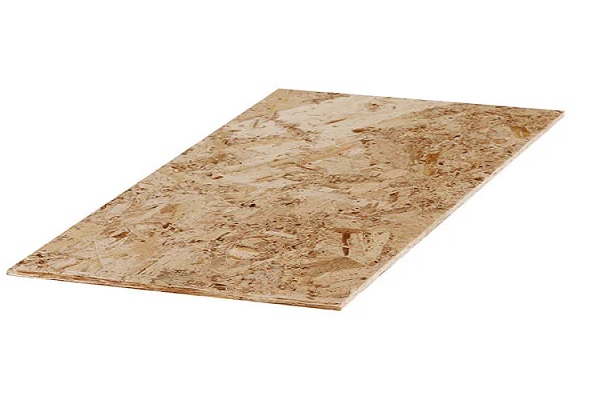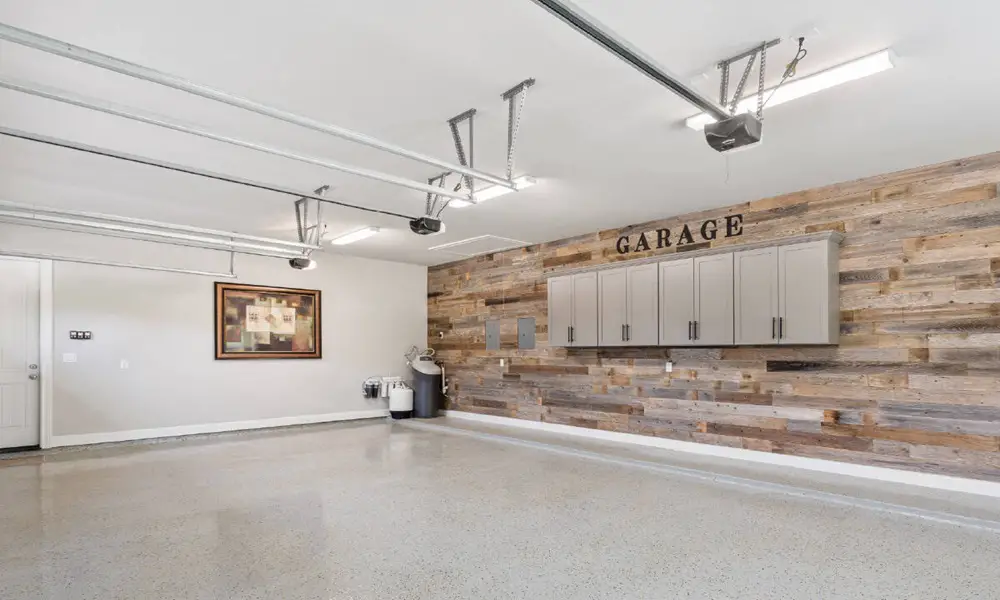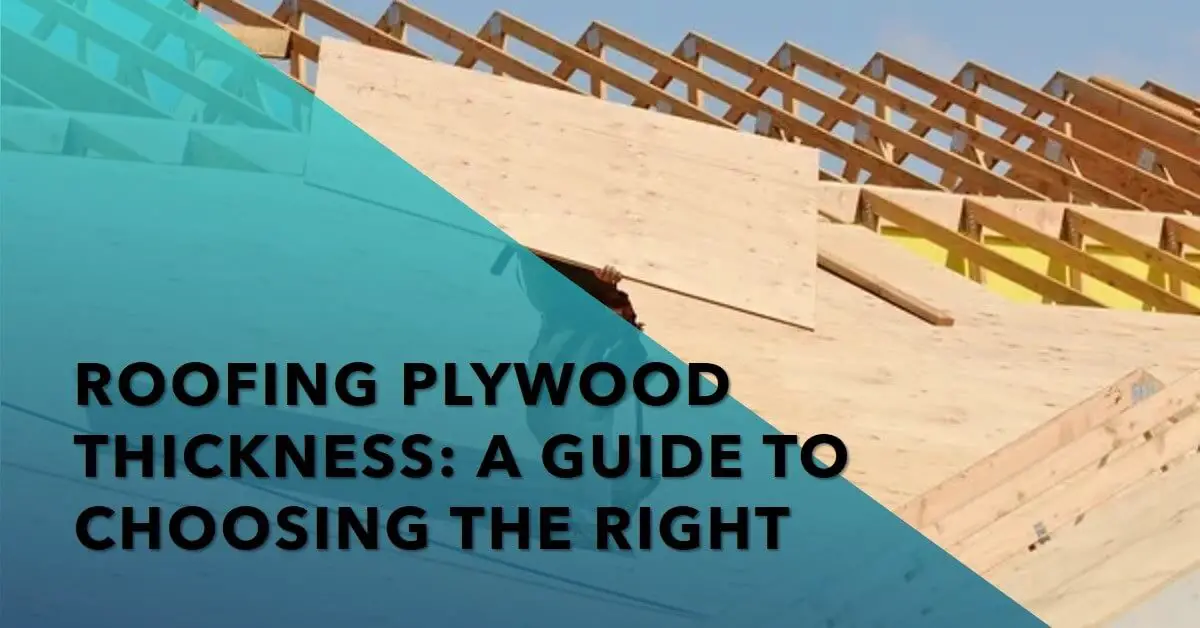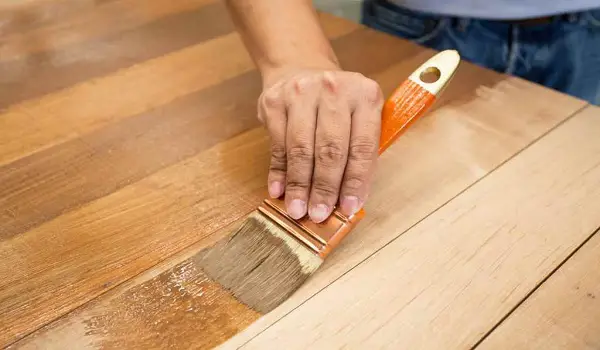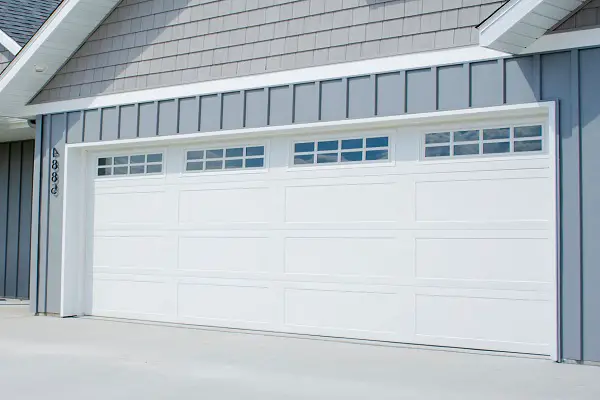Installing Plywood on Garage Walls: A Step-by-Step Guide
A Step-by-Step Guide to Installing Plywood on Garage Walls is an informative article that guides readers on how to install […]
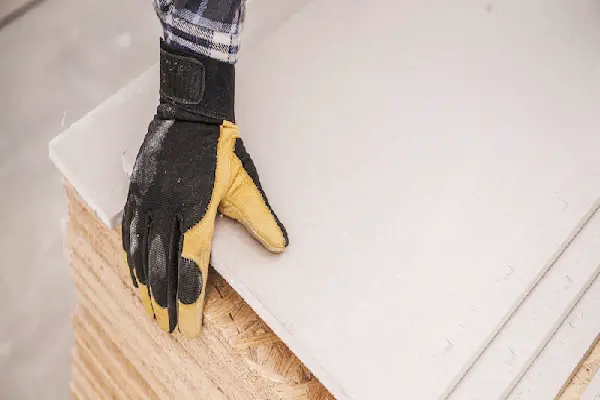
A Step-by-Step Guide to Installing Plywood on Garage Walls is an informative article that guides readers on how to install plywood on garage walls.
However, we believe that we can provide a more comprehensive and detailed guide that not only covers the installation process but also offers additional information on the tools required, tips to make the process easier, and the benefits of installing plywood on garage walls.
You may also like:
Why Install Plywood on Garage Walls?
Garage walls are usually made of drywall, which is not durable and can be easily damaged by bumps and scratches from car doors, bicycles, and other equipment. Installing plywood on garage walls not only protects them from damage but also provides a sturdy surface for hanging shelves, tools, and other equipment.
Additionally, plywood offers better insulation and soundproofing compared to drywall, making your garage more comfortable and quiet.
Tools Required for Installing Plywood on Garage Walls
Before you start the installation process, you need to ensure that you have all the necessary tools. These include a drill, screws, saw, level, measuring tape, hammer, nails, and a chalk line. You will also need a ladder and a helper to hold the plywood in place while you attach it to the wall.
Steps for Installing Plywood on Garage Walls
Step 1: Gather Your Materials

Before you start the installation process, you’ll need to gather your materials. Here’s what you’ll need:
- Plywood sheets (1/2 inch or 5/8 inch thick)
- Measuring tape
- Circular saw or table saw
- Drill
- Screws (2-inch or 2-1/2 inch)
- Level
- Stud finder
- Construction adhesive
Step 2: Measure and Cut the Plywood
Start by measuring the height and width of your garage walls. Then, using a circular saw or table saw, cut the plywood sheets to fit the measurements. It’s important to leave a small gap between the plywood and the ceiling to allow for expansion.
Step 3: Find the Studs
Using a stud finder, locate the studs behind the drywall. Mark the location of each stud on the plywood sheets using a pencil.
Step 4: Apply Construction Adhesive
Apply a generous amount of construction adhesive to the back of each plywood sheet, then press it firmly against the wall. Use a level to ensure that the sheet is straight and flush with the adjacent sheets.
Step 5: Screw the Plywood Sheets to the Wall
Using a drill, screw the plywood sheets into the studs behind the drywall. It’s important to use screws that are long enough to penetrate both the plywood and the stud.
Step 6: Cut Out Openings for Outlets and Switches
Using a jigsaw or a hole saw, cut out openings in the plywood for electrical outlets and switches. Be sure to measure carefully and cut the openings slightly smaller than the actual size to allow for a snug fit.
Step 7: Sand and Paint the Plywood
Once the plywood is installed, sand the edges to remove any rough spots. Then, prime and paint the plywood to match the rest of your garage. You can also add trim around the edges of the plywood for a finished look.
Read Also:
Painting Plywood Walls in Garage
Tips for Installing Plywood on Garage Walls
- Use a chalk line to ensure that the plywood is level
- Pre-drill holes before attaching the plywood to the wall
- Start from the top corner and work your way down
- Use a helper to hold the plywood in place
- Sand and prime the plywood before painting or staining
FAQs:
Q: How much plywood do I need to cover my garage walls?
A: The amount of plywood you need depends on the size of your garage walls. Measure the height and width of each wall, then calculate the total square footage. You’ll need to purchase enough plywood to cover the total square footage.
Q: Can I install plywood over existing drywall?
A: Yes, you can install plywood over existing drywall. However, it’s important to ensure that the existing drywall is securely fastened to the studs behind it.
Q: Do I need to add insulation behind the plywood?
A: Adding insulation behind the plywood can help improve the energy efficiency of your garage. However, if your garage is already insulated, you may not need to add additional insulation.
Conclusion
Installing plywood on garage walls is a great way to protect them from damage and provide a sturdy surface for hanging tools and equipment. Additionally, plywood offers better insulation and soundproofing compared to drywall, making your garage more comfortable and quiet. By following the step-by-step guide and tips provided in this article, you can install plywood on your garage walls and enjoy the benefits it offers.
